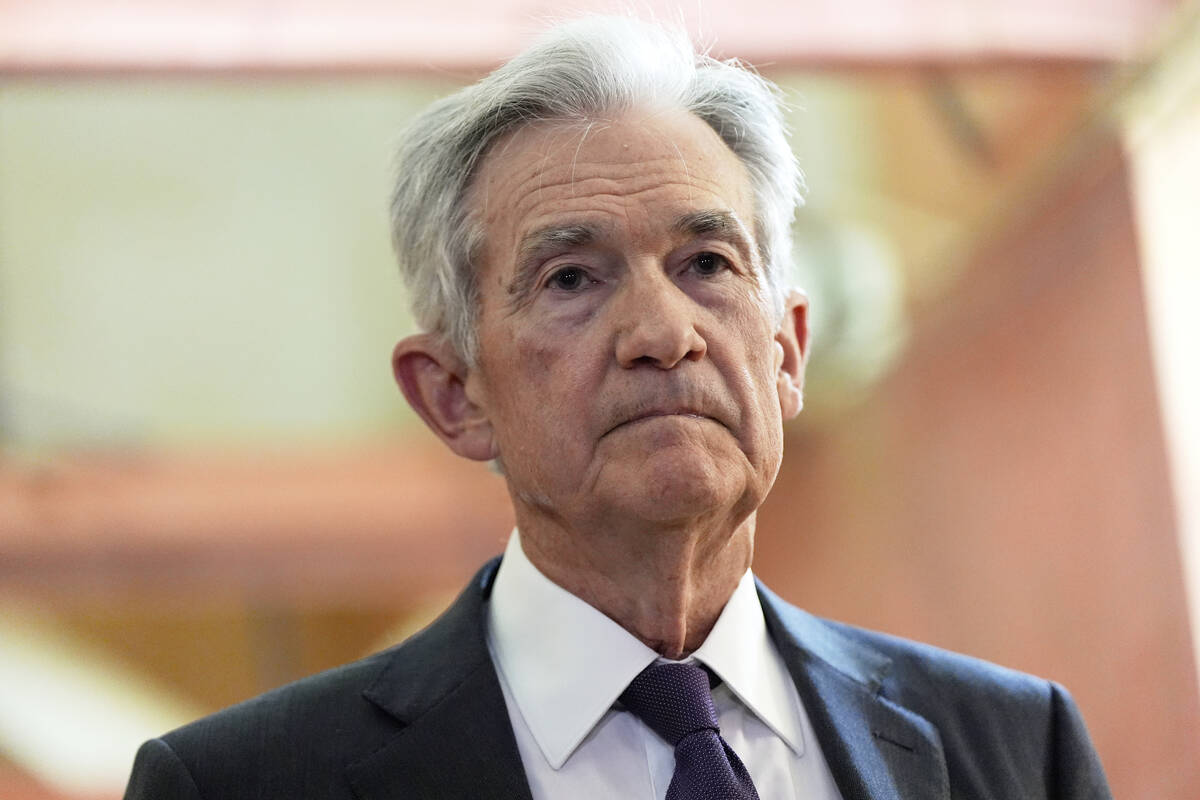The Federal Reserve has once again held its key short-term interest rate steady for the fifth time this year, a move that directly rebuffs persistent calls from President Donald Trump for a significant reduction. This decision highlights a clear divergence in economic philosophy between the central bank and the White House.
Maintaining the rate at approximately 4.3%, where it has stood since three cuts were implemented last year, signals the Fed’s cautious approach to monetary policy. The central bank appears intent on assessing broader economic indicators before making any further adjustments, despite external pressures.
During a recent news conference, Federal Reserve Chairman Jerome Powell indicated that the administration’s sweeping tariffs are beginning to exert upward pressure on inflation. Powell emphasized that it would require considerable time and data to ascertain whether this rise in prices represents a temporary fluctuation or a more enduring trend within the economy.
Notably, the decision was not unanimous, revealing emerging divisions within the Fed’s leadership. Governors Christopher Waller and Michelle Bowman cast dissenting votes, advocating for a reduction in borrowing costs. This marks the first instance in over three decades that two of the seven Washington-based governors have publicly dissented, underscoring the gravity of the internal debate.
This continued defiance of presidential demands almost guarantees further friction between the independent Federal Reserve and the White House. President Trump has consistently pushed for lower borrowing costs, viewing it as an extension of his broader efforts to assert influence over federal agencies.
While many economists and Wall Street investors had anticipated a rate cut at the upcoming September meeting, Chairman Powell’s recent remarks suggest that sufficient data may not be available by then to support such a move. Powell acknowledged the delicate balance: cutting too soon could reignite inflation, while delaying too long might harm the job market.
President Trump’s argument for lower rates stems from his assertion of a robust U.S. economy. However, the Fed’s traditional role involves adjusting rates to either stimulate or temper economic growth, typically keeping rates higher during strong economic periods to mitigate inflationary risks. The economy recently expanded at a healthy 3% annual rate in the second quarter, although this followed a contraction earlier in the year.
The rationales behind the dissenting votes varied; Michelle Bowman previously dissented favoring a smaller cut due to inflation concerns, while Christopher Waller advocated cuts citing a slowdown in growth and hiring, aiming to preempt a weaker economy and rising unemployment. These diverse viewpoints reflect the complex considerations within the central bank.
The broader 19-member rate-setting committee (with 12 voting members) has shown diverse opinions, with some members supporting unchanged rates, others one cut, and a significant portion backing two or three reductions. With only three policy meetings remaining this year, the path forward for interest rates and their impact on mortgages, auto loans, and credit cards remains a key focus.






Leave a Reply